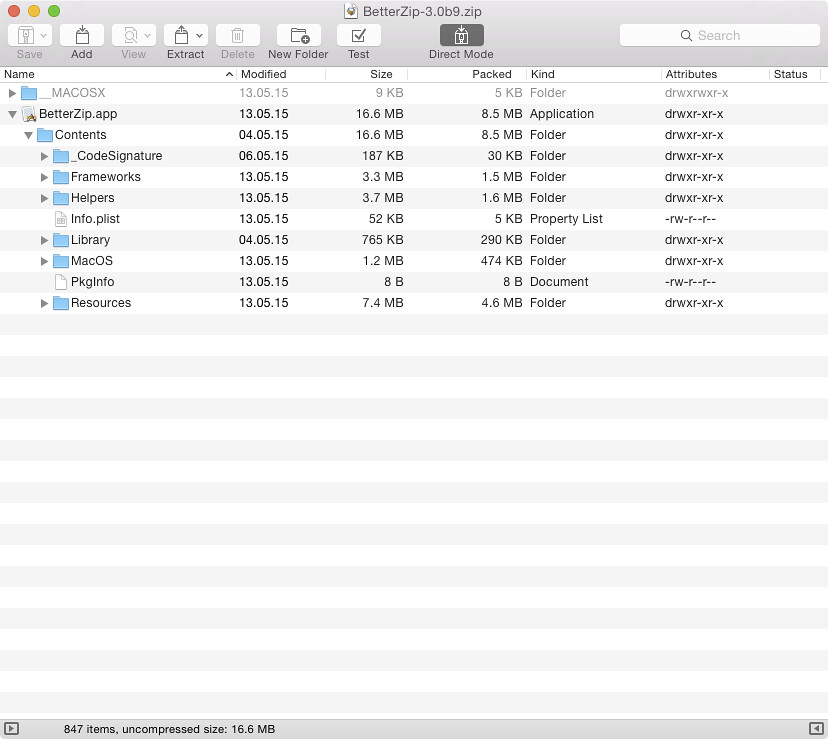
- #BETTERZIP QUICKLOOK ARCHIVE#
- #BETTERZIP QUICKLOOK CODE#
- #BETTERZIP QUICKLOOK ZIP#
- #BETTERZIP QUICKLOOK DOWNLOAD#
#BETTERZIP QUICKLOOK CODE#
A picture appears in the file name, but the JS code is not executedīehavior could have resulted from one of two main reasons: The picture clearly appeared (Figure 2), but no alert was made.
#BETTERZIP QUICKLOOK ZIP#
So I prepared a file named, packed it into the zip archive, and tried to open QuickLook. Then the browser triggers the onerror event and, consequently, calls the alert(1) code.It is very likely that such a file will not exist or will not be a picture.
#BETTERZIP QUICKLOOK DOWNLOAD#
#BETTERZIP QUICKLOOK ARCHIVE#
When using QuickLook, archive contents are displayed on the zip files (Figure 1). In the default installation, BetterZip is also attached to the QuickLook function in the system, by which pressing the space bar in the default file browser on macOS will display the preview of this file. Later in the article we will focus on this third effect-the ability to perform any actions in the context of the attacked domain.īetterZip is an application for viewing and creating archives (7z, rar, zip, etc.) for the macOS system.


Usually, in the XSS examples is shown execution of the code alert(1), although, of course, displaying a message in JavaScript does not cause any serious consequences. The simplest example is to execute a query to the following address: The well-known example of this is when one of the HTTP query parameters is reflected directly in the HTML code. XSS (Cross-Site Scripting) is the vulnerability of the Internet world, which allows the attacker to run their own JavaScript script in the context of the attacked website. In this article, we will look at the example of an application for macOS systems – BetterZip – and how an XSS can be used to execute arbitrary code on a computer.


However, due to the fact that HTML and JavaScript have been increasingly used in the world of desktop applications (e.g., Electron framework) and mobile applications (e.g., Cordova), the effects of XSS can be more serious than ever before. Until now, XSS has usually been identified only in the world of browsers. On the OWASP TOP 10 list it has been ranked first in terms of popularity for many years. XSS (Cross-Site Scripting) is one of the most popular vulnerabilities in the world of web applications.


 0 kommentar(er)
0 kommentar(er)
